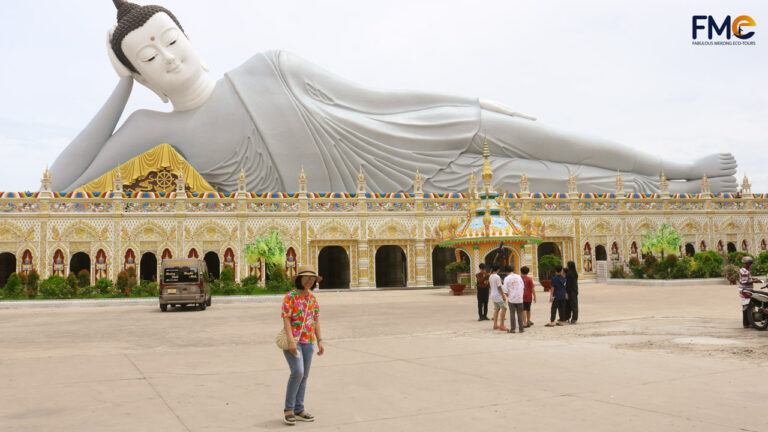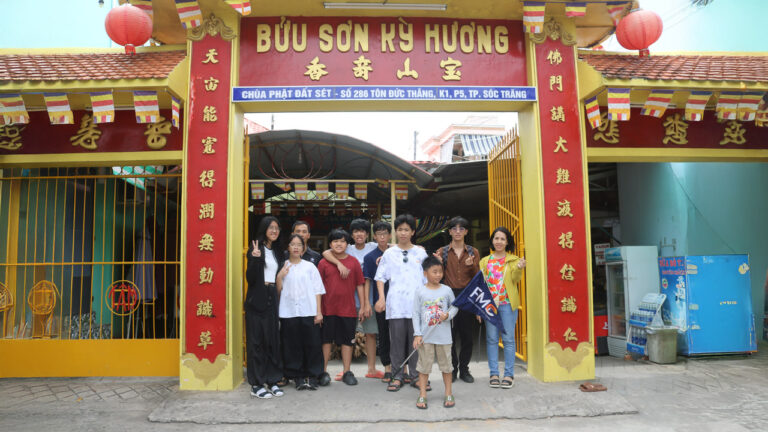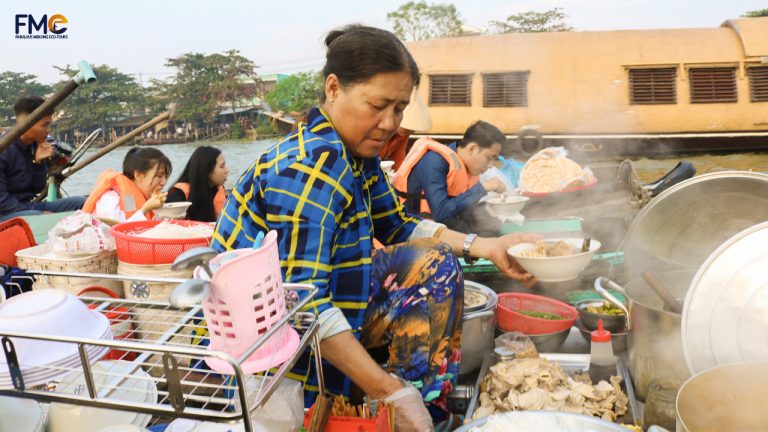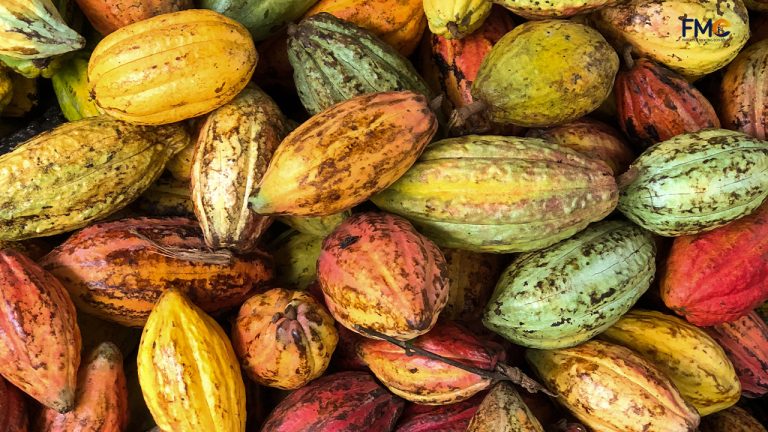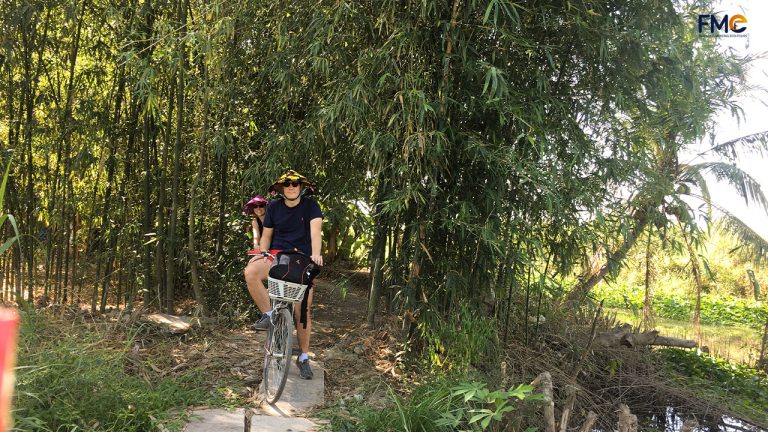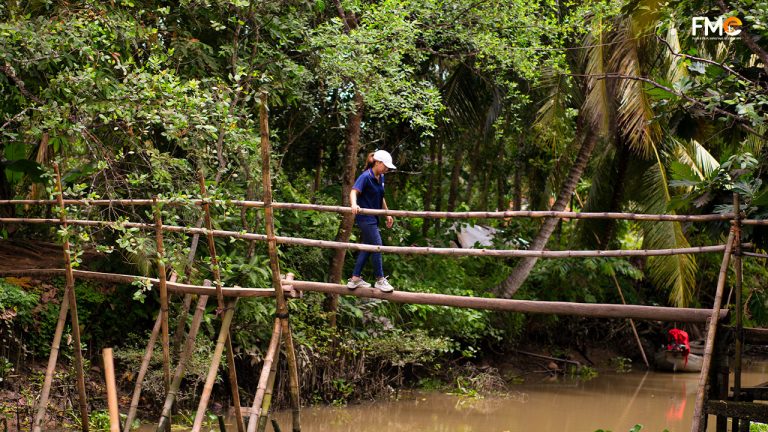Chau Phu Temple, An Giang – A National Architectural
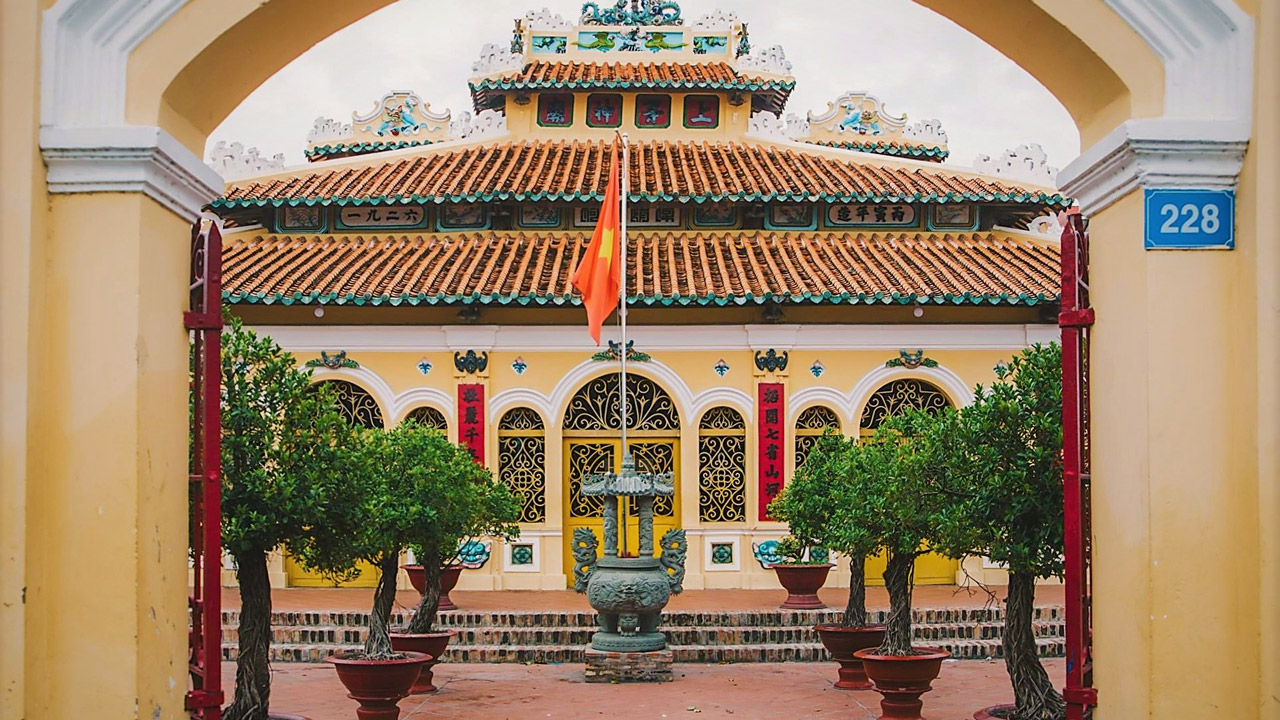
Chau Phu Temple, situated at the intersection of Tran Hung Dao and Nguyen Van Thoai streets in Chau Phu A ward, Chau Doc city, An Giang province, is a revered site where locals honor historical figures like General Nguyen Huu Canh and Thoai Ngoc Hau, who were instrumental in developing the Southern region of Vietnam.
Table of Contents
ToggleHistorical Background
Early Beginnings and Relocation
Initially constructed before the excavation of the Vinh Te Canal in 1819 by Thoai Ngoc Hau, the temple served dual purposes as a communal house and a place of worship.
Initially located in the My Tra village within a serene setting featuring old trees and overlooking the Hau River, the temple was initially known as Le Cong Temple, commonly referred to by locals as “Ong Temple.”
Relocation and Modern-Day Construction
Due to urban development plans by the French colonial administration in 1922, the temple was moved to its current location, facilitating the construction of the Chau Doc Hospital. The relocatioincluded a substantial renovation, transforming the temple into the architectural marvel it is today, completed in 1926.
Funding for the construction was raised through community-supported activities such as fairs and lotteries, reflecting the temple’s deep community roots.
Architectural and Cultural Significance
Design and Artistry
The temple is renowned for its large and intricately designed structure, featuring a traditional “Tam” character layout from Chinese characters, which encompasses a sophisticated blend of Nguyen dynasty royal court architectural styles mixed with local Southern Vietnamese influences.
The temple’s roof is decorated with figures of dragons, fairies, and mythical creatures, typical of Nguyen architectural aesthetics.
Interior and Artifacts
Inside, the temple houses an impressive array of artistic woodwork and stone carvings, including statues and reliefs depicting historical and mythological scenes. The main hall is particularly striking with its extensive use of red lacquered beams and ornate gold-gilded panels.
The Temple Today
Cultural Activities and Recognition
Chau Phu Temple not only serves as a key historical site but also as a vibrant center of cultural activities, particularly during the annual Ky Yen festival held on the 10th, 11th, and 12th of May, commemorating the death anniversary of Le Thanh Hau Nguyen Huu Canh.
The temple also celebrates the legacy of Thoai Ngoc Hau each year with elaborate ceremonies on the 6th of June.
A Living Monument
The temple stands as a monument of cultural pride and historical preservation, continuously attracting both locals and tourists. Its role in fostering community identity and remembrance of historical figures is a testament to its enduring significance in the cultural landscape of An Giang and the broader Mekong Delta region.
Chau Phu Temple remains a cornerstone of An Giang’s cultural heritage, embodying the historical narratives and architectural grandeur of a bygone era while serving as a vibrant center of community and tradition in modern-day Vietnam.
TRAVEL STORIES AND NEWS
Explore Mekong Stories
The Most Popular Tours offered by FME Travel








